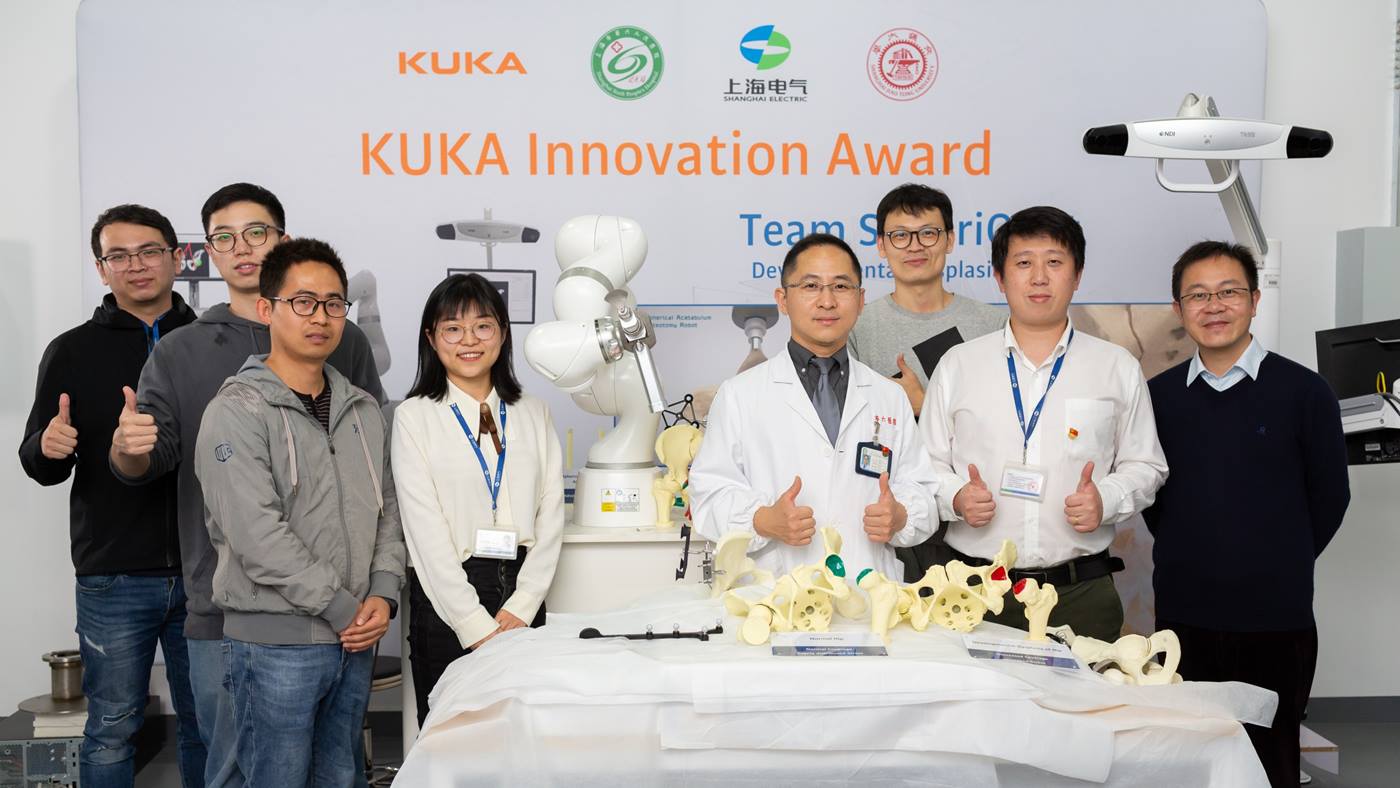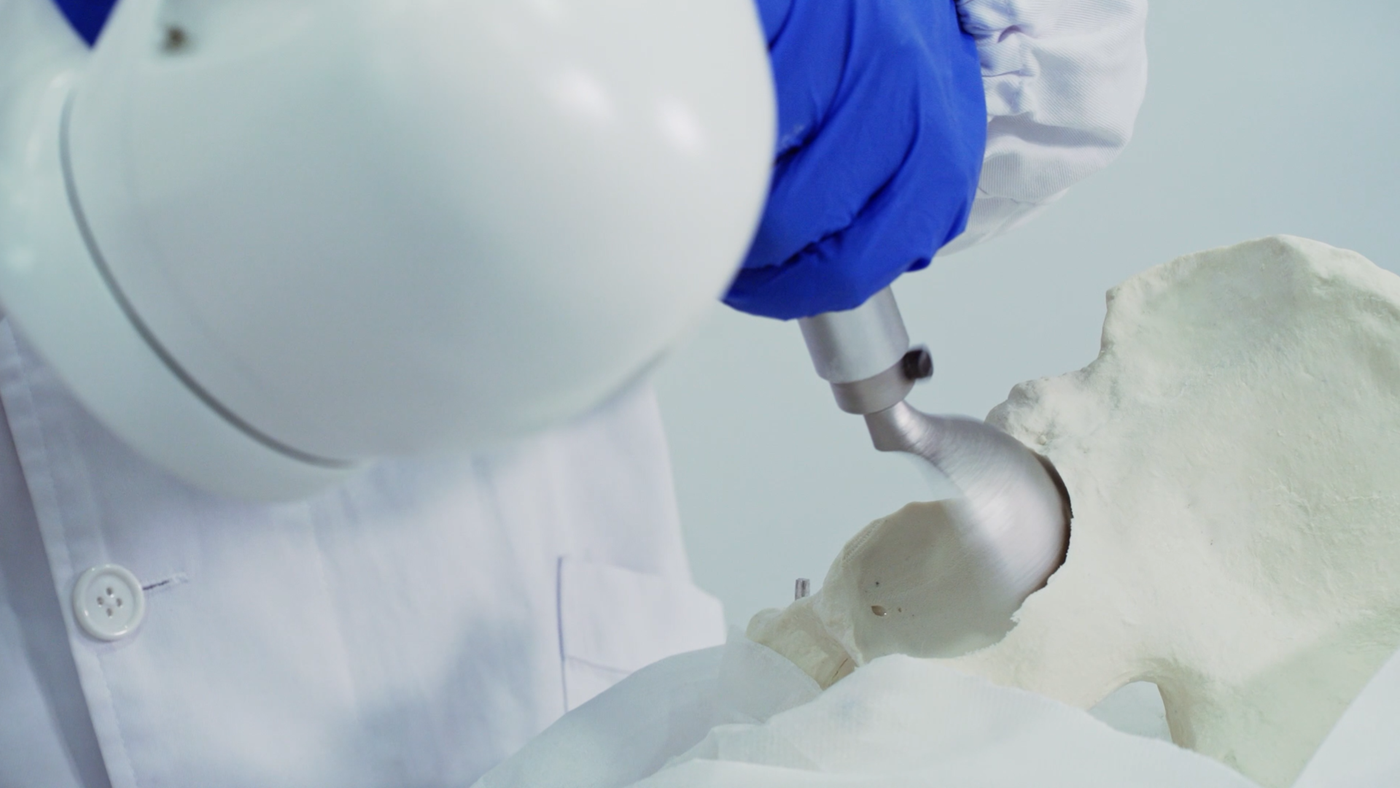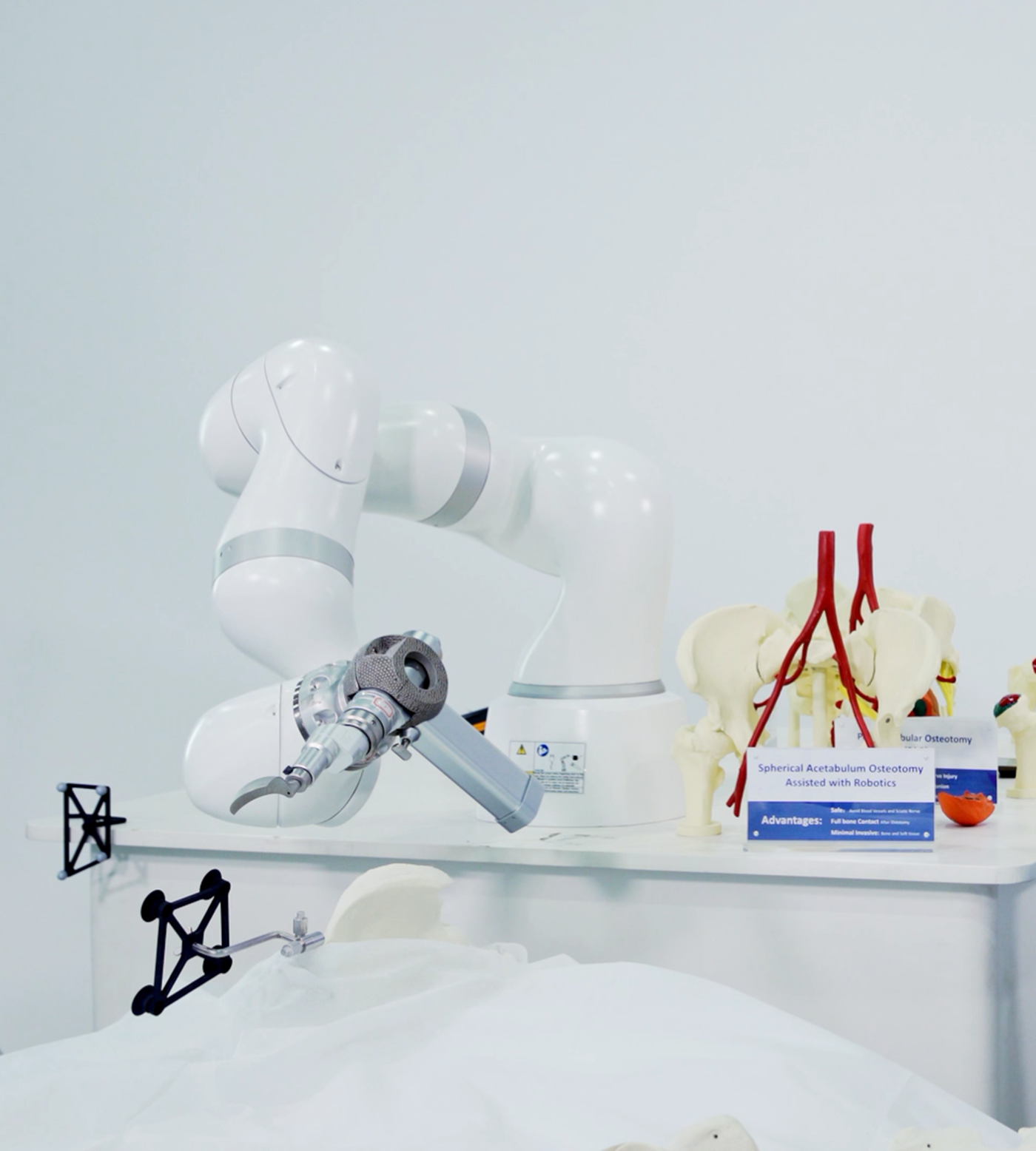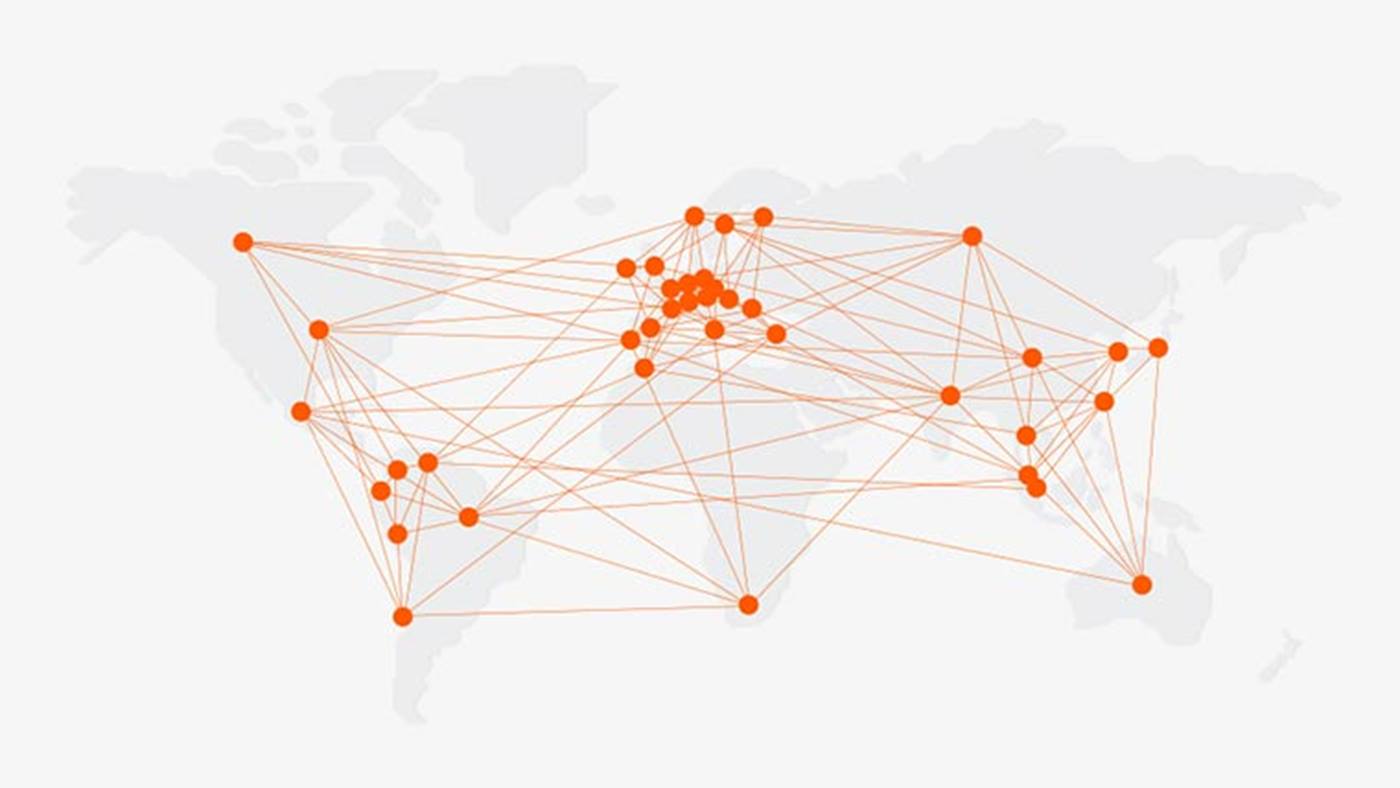Looking towards the future with robotic-assisted acetabular rotational osteotomy
They hope that their products will be promoted all over the world for the benefit of the world's people and become a good helper for doctors.
Bạn đang sử dụng phiên bản trình duyệt cũ của Internet Explorer.
Vui lòng cập nhật trình duyệt của bạn để hiển thị tối ưu
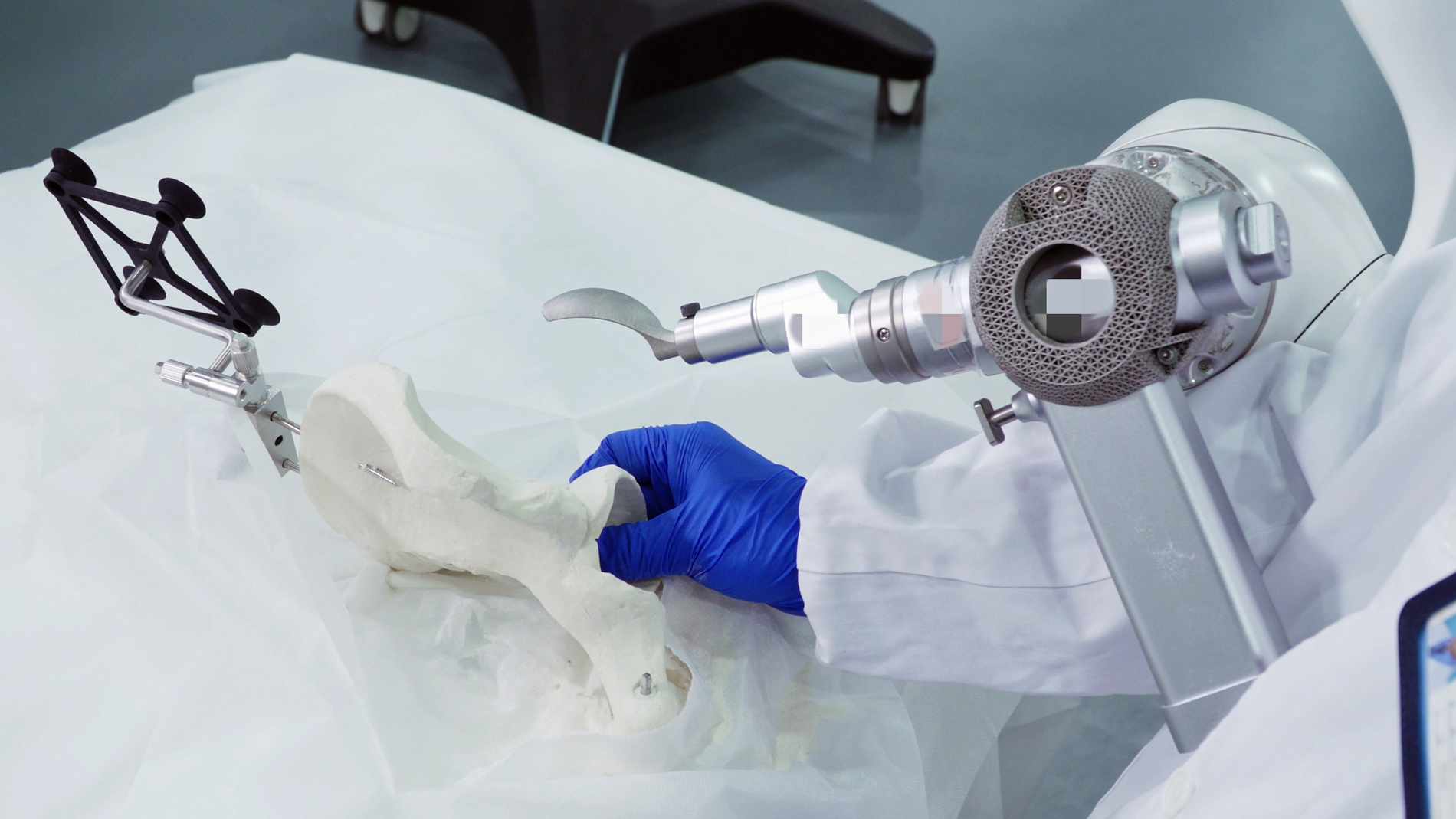
The Shanghai Electric Group Corporation Central Research Institute and Shanghai Sixth People's Hospital have teamed together to create SpheriObot, the world's first robotic system that uses an LBR Med for rotational osteotomy. Its theory and algorithm, control and implementation can be applied to all osteotomies required by orthopedic surgeons, such as orthopedic osteotomy due to deformity or high osteotomy due to degenerative changes in the femur and tibia.
Congenital hip dysplasia is a condition that causes pain, difficulty walking, severe deformity and even disability in children, adolescents and adults. More and more, physicians are leaning towards hip preservation surgery over artificial joint replacement, because the latter often leaves the patient open to multiple artificial joint revisions for the rest of his or her life. A common clinical procedure for hip preservation is periacetabular osteotomy, invented by Dr. Reinhold Ganz in Switzerland, which involves a multilateral osteotomy around the acetabulum to separate it from the surrounding pelvis. Symptoms are improved by adjusting the angle of the acetabulum to increase femoral head coverage.
There are, however, several risks that come with utilizing Dr. Ganz’s method:
First: the bone fragments cannot be easily realigned and may result in pelvic instability; second: due to the large amount of incision exposure, it may lead to delayed healing and even cause severe acetabular dislocation and acetabular necrosis; third: the osteotomy surface is very close to the blood vessels and sciatic nerve, and improper operation may lead to amputation of blood vessels and nerves; last: there are many complications associated with it, such as postoperative bone non-healing and loss of deformity correction.
Due to the high surgical difficulty and risk of Ganz’s osteotomy, it can only be performed by experienced surgeons in some orthopaedic hospitals in China. In order to solve the many shortcomings of periacetabular osteotomy (Ganz osteotomy) in clinical surgery, the research and development team of the Shanghai Electric Group Corporation Central Research Institute and Shanghai Sixth People's Hospital designed a new type of acetabular rotational osteotomy robot (SpheriObot). SpheriObot robot consists of three parts: "Spheri", "O" and "bot," representing sphere, osteotomy and robot respectively.
